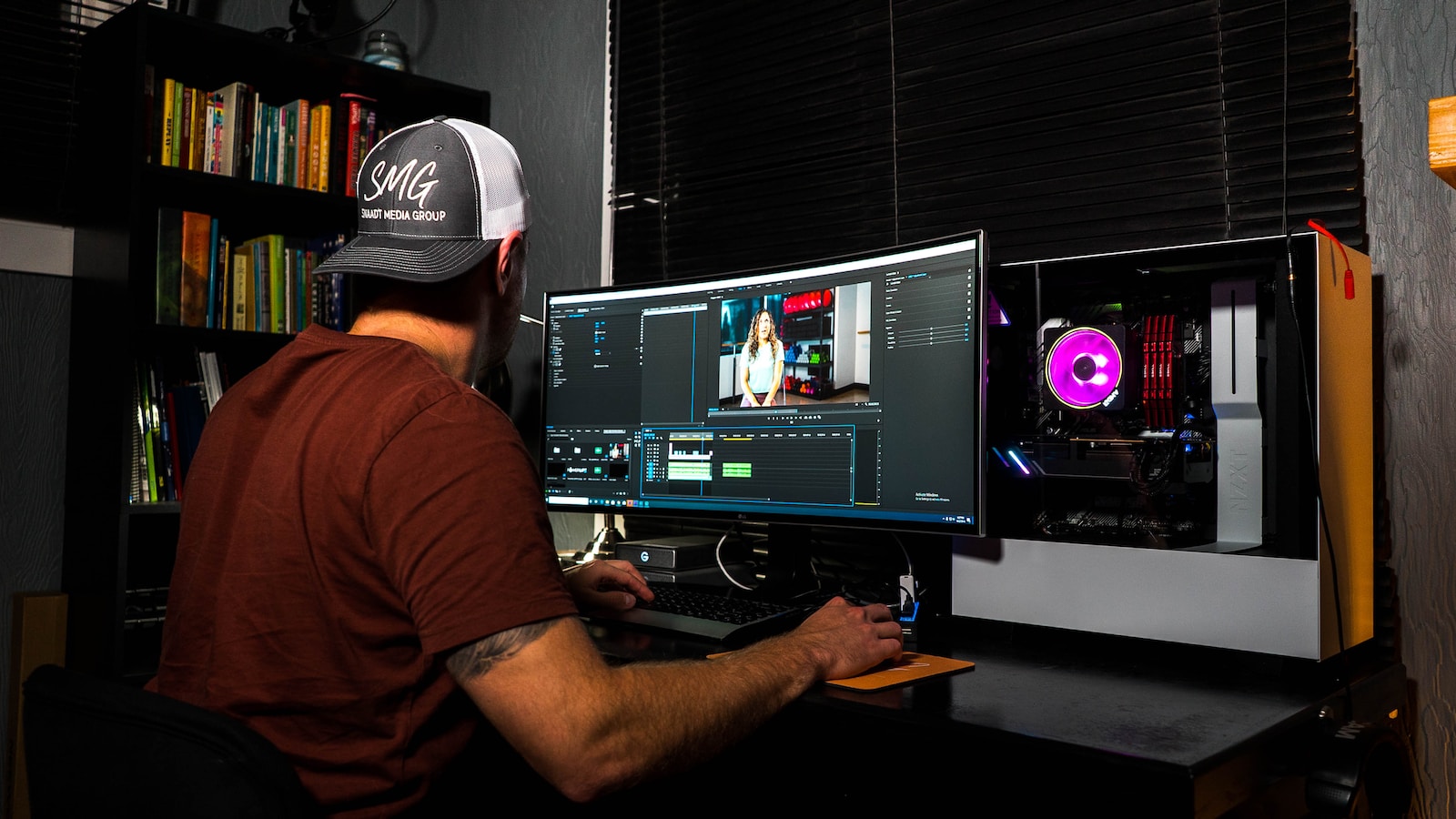Rotoscoping is a technique that often operates behind the scenes, yet its impact on both animation and video editing is nothing short of revolutionary. It’s an essential tool that, despite its age, remains as relevant today as when it was first developed. If you’ve ever watched a live-action film with seamlessly integrated animated elements or were wowed by a movie’s visual effects, you’ve likely witnessed the magic of rotoscoping.
Origins of Rotoscoping
The term “rotoscoping” finds its roots in the early 20th century, created by animator Max Fleischer. The technique initially involved tracing over individual frames of live-action film footage to produce realistic animations. Think of the fluid dancing scenes in the 1930s cartoon series “Betty Boop” or the early ‘Snow White’ adaptations – both used rotoscoping for their lifelike movements.
Rotoscoping in the Modern Era
With the digital age, rotoscoping transitioned from manual tracing to computer-assisted processes. Today, it’s integral to video editing and visual effects, allowing filmmakers to extract objects and characters from one scene and place them into another or to blend live-action and computer-generated imagery seamlessly.
How Does Rotoscoping Work?
- Capture or Choose Your Footage: Begin with a live-action clip. This footage serves as the template that will be traced or modified.
- Outline the Subject: Using specialized software like Adobe After Effects or Nuke, the editor outlines the subject they want to separate from the background. This might be a person, animal, or any other object in the scene.
- Frame-by-Frame Attention: For smooth movement, the subject must be traced in every frame. This is a meticulous process, ensuring that even the smallest details like hair or loose fabric are considered.
- Refinement: Once the initial tracing is done, editors refine the outlines to enhance precision and avoid a ‘cut-out’ appearance. Adjustments to feathering, edge quality, and motion blur are made to merge the subject naturally with a new background or animation.
- Integration: The isolated subject can now be placed onto a new backdrop, integrated with CGI, or modified in myriad ways.
Why Use Rotoscoping?
Rotoscoping is not just about merging live-action with animation. It’s about problem-solving. It can be used to:
- Replace backgrounds: For scenes where green screen isn’t feasible.
- Add special effects: Like lightsabers in Star Wars or the removal of safety harnesses in action sequences.
- Improve lighting: By isolating a subject, editors can adjust the lighting on the character without affecting the entire scene.
Learning Rotoscoping
For those intrigued by the potential of rotoscoping, the good news is that it’s more accessible than ever. With numerous online courses, tutorials, and software options available, one can embark on a journey from beginner to pro in no time. The key is patience and practice. As with any craft, mastery comes with time and dedication.
Conclusion
Rotoscoping, in its essence, bridges the gap between the tangible and the fantastical. It allows creators to envision and actualize scenes that would otherwise be impossible, making it a timeless and vital tool in the world of animation and video editing. As technology advances, so too will rotoscoping, continually broadening the horizons of what’s possible on screen.

